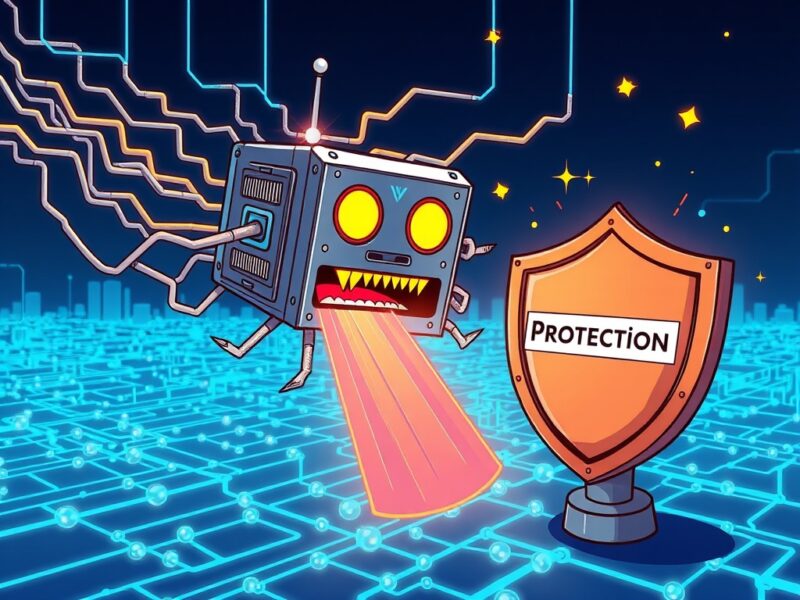AI and Writing on Medium: A Mix of Possibilities and Worries
This document explores the diverse perspectives of writers on the Medium platform regarding the integration and impact of Artificial Intelligence (AI) tools in their creative process and the broader writing landscape. It delves into the opportunities AI presents for enhancing productivity, generating ideas, and improving writing quality, while also addressing the anxieties surrounding originality, job security, and the potential devaluation of human creativity.
Photo by BoliviaInteligente on UnsplashThe Allure of AI: Efficiency and Inspiration
Many Medium writers acknowledge the potential benefits of AI tools, particularly in areas where efficiency and inspiration are paramount.
Boosting Productivity: AI-powered writing assistants can significantly speed up the writing process. Tools like Grammarly and ProWritingAid, which have been around for a while, are now being augmented with AI features that offer more sophisticated grammar and style suggestions. AI can also assist with tasks such as:
- Generating outlines: Quickly creating structured outlines for articles, saving time on initial planning
- Research and summarization: Efficiently gathering information and summarizing lengthy documents, allowing writers to focus on analysis and interpretation.
- Drafting initial content: Producing initial drafts of sections or entire articles, providing a starting point for writers to refine and personalize.
Sparking Creativity: AI can serve as a source of inspiration and help writers overcome writer’s block.
- Generating ideas: AI tools can suggest potential topics, angles, and keywords based on trending themes and audience interests.
- Exploring different writing styles: Experimenting with AI to generate content in various tones and styles, broadening a writer’s creative range.
- Overcoming writer’s block: Using AI to generate initial text or prompts to jumpstart the writing process when facing creative stagnation.
Improving Writing Quality: AI tools can help writers refine their work and ensure clarity and accuracy.
- Grammar and style checking: Identifying and correcting grammatical errors, stylistic inconsistencies, and awkward phrasing.
- Readability analysis: Assessing the readability of text and suggesting improvements to make it more accessible to a wider audience.
- SEO optimization: Optimizing content for search engines by suggesting relevant keywords and improving overall SEO performance.
The Shadow of AI: Concerns and Ethical Considerations
Despite the potential benefits, many Medium writers express concerns about the ethical implications and potential negative consequences of AI in writing.
Originality and Authenticity: A primary concern is the potential for AI to diminish originality and authenticity in writing.
- Content mills and plagiarism: The fear that AI will be used to generate low-quality, generic content that floods the internet and potentially infringes on copyright.
- Loss of unique voice: The concern that relying too heavily on AI will lead to a homogenization of writing styles and a loss of individual voice.
- Defining authorship: Questions arise about who is the true author of AI-generated content — the user who prompts the AI or the AI itself?
Job Security and the Value of Human Writers: Many writers worry about the potential for AI to displace human writers and devalue their skills.
- Automation of writing tasks: The fear that AI will automate many of the tasks currently performed by writers, leading to job losses.
- Lowering rates for writing services: The concern that the availability of AI-generated content will drive down rates for human writers, making it difficult to earn a living.
- The evolving role of the writer: The need for writers to adapt their skills and focus on areas where human creativity and expertise are essential, such as critical thinking, emotional intelligence, and storytelling.
Ethical Considerations: The use of AI in writing raises several ethical questions.
- Transparency and disclosure: The importance of being transparent about the use of AI in content creation and disclosing when AI has been used to generate or assist with writing.
- Bias and fairness: The potential for AI algorithms to perpetuate biases and stereotypes, leading to unfair or discriminatory content.
- Misinformation and manipulation: The risk that AI will be used to generate and spread misinformation or manipulate public opinion.
Navigating the Future: A Balanced Approach
The consensus among many Medium writers is that AI is a tool that should be used responsibly and ethically. A balanced approach is needed, one that leverages the benefits of AI while mitigating the risks.
Embrace AI as a Tool, Not a Replacement: View AI as a tool to enhance writing skills and productivity, rather than a replacement for human creativity and expertise.
Focus on Human Strengths: Emphasize the unique qualities that human writers bring to the table, such as critical thinking, emotional intelligence, storytelling, and the ability to connect with audiences on a personal level.
Develop New Skills: Acquire new skills in areas such as AI prompt engineering, content strategy, and data analysis to remain competitive in the evolving writing landscape.
Advocate for Ethical Guidelines: Support the development of ethical guidelines and best practices for the use of AI in writing, promoting transparency, fairness, and accountability.
Foster a Community of Learning: Engage in discussions and share knowledge about AI tools and their impact on the writing profession, fostering a community of learning and collaboration.
In conclusion, the Medium writing community holds a complex and nuanced view of AI tools. While recognizing the potential for increased efficiency and creative inspiration, writers also express legitimate concerns about originality, job security, and ethical considerations. The key to navigating this evolving landscape lies in embracing AI as a tool, focusing on human strengths, developing new skills, and advocating for ethical guidelines. By adopting a balanced and responsible approach, writers can harness the power of AI to enhance their craft while preserving the value of human creativity and storytelling.
AI and Writing on Medium: A Mix of Possibilities and Worries was originally published in Coinmonks on Medium, where people are continuing the conversation by highlighting and responding to this story.
คุณอาจชอบเช่นกัน

Quantum Computing Security: Urgent Proposal Reaches SEC Crypto Task Force
The Ethereum PoS network entry queue has increased to 833,609, and the expected waiting time is over 14 days.
